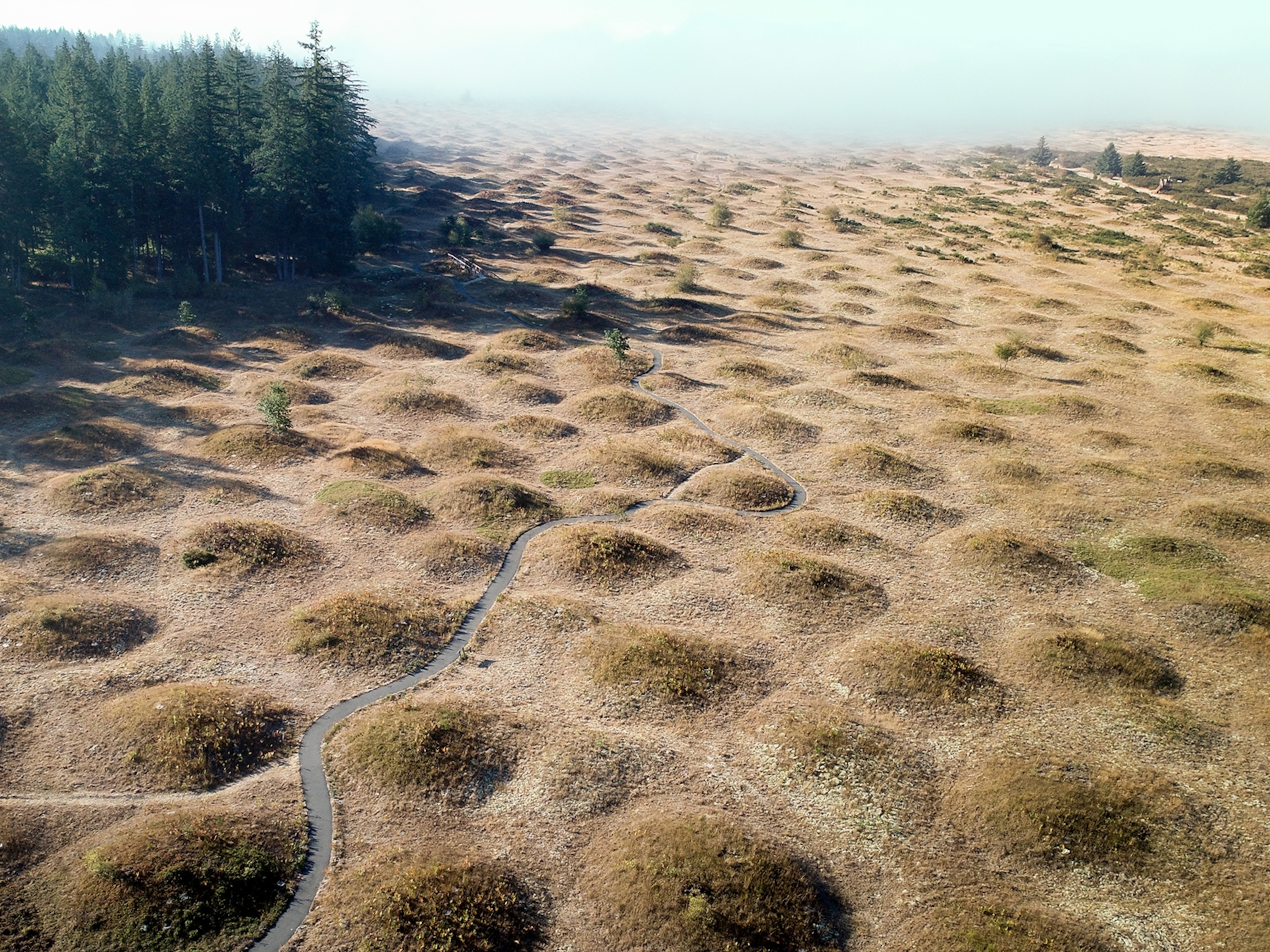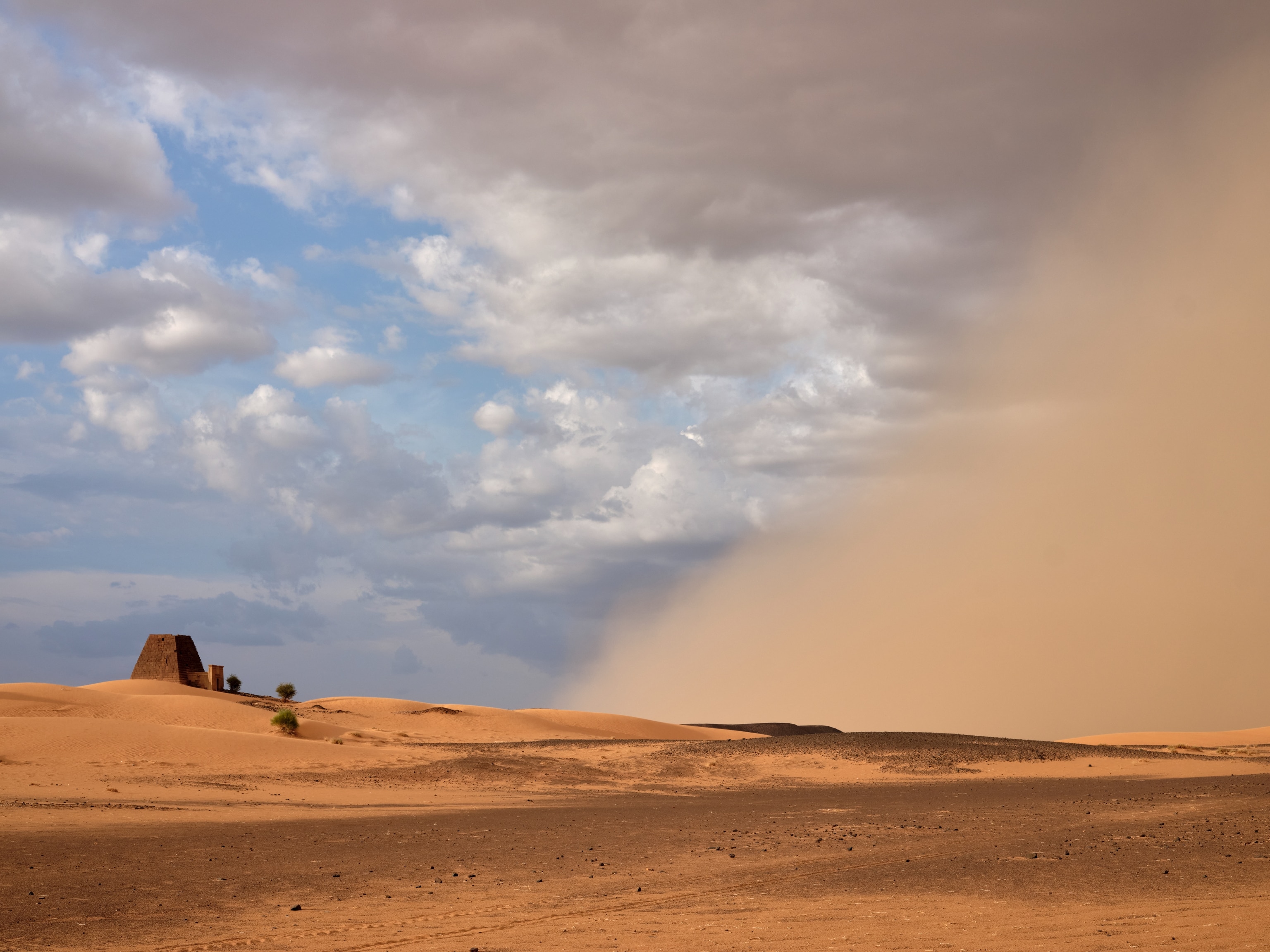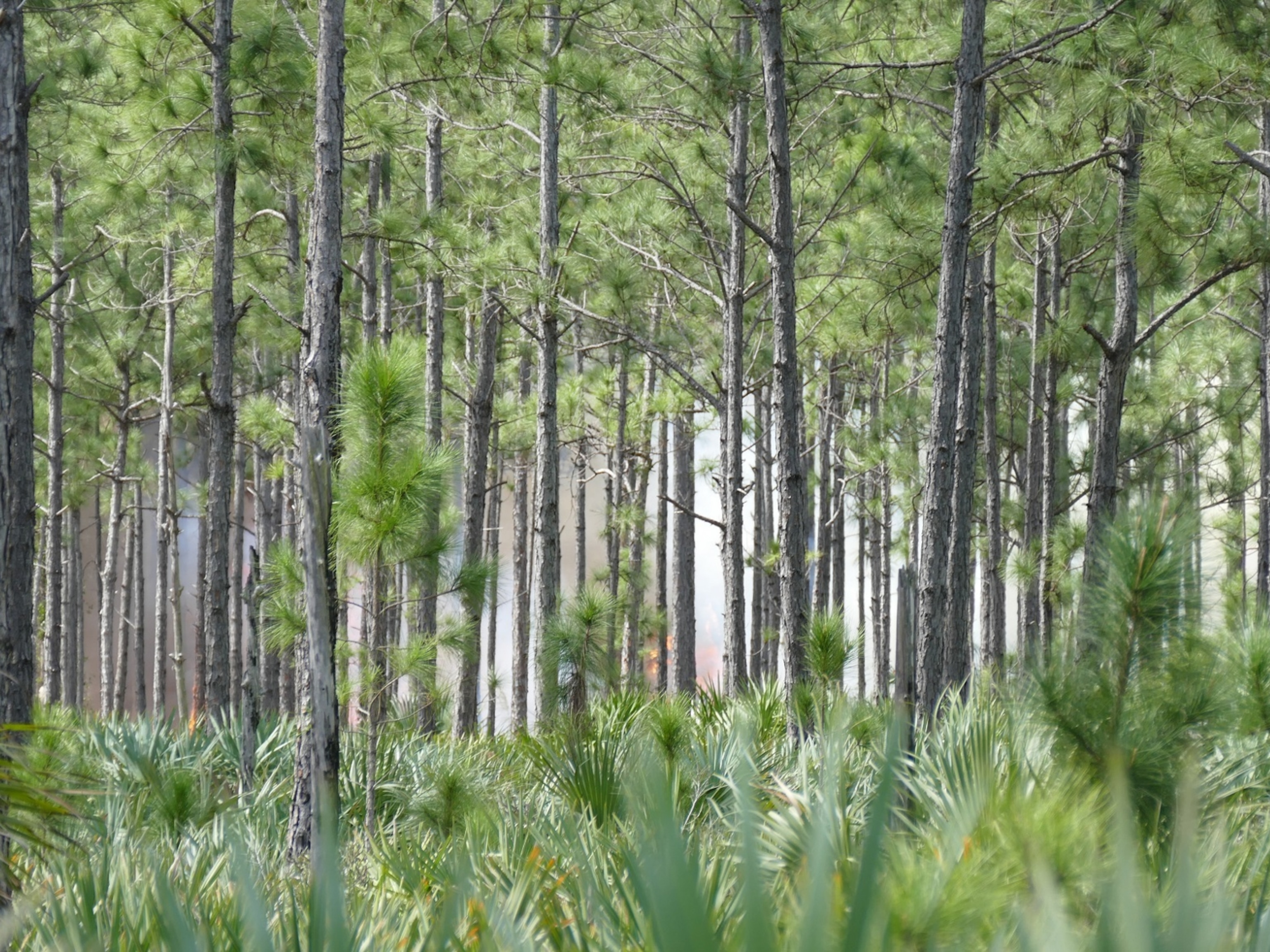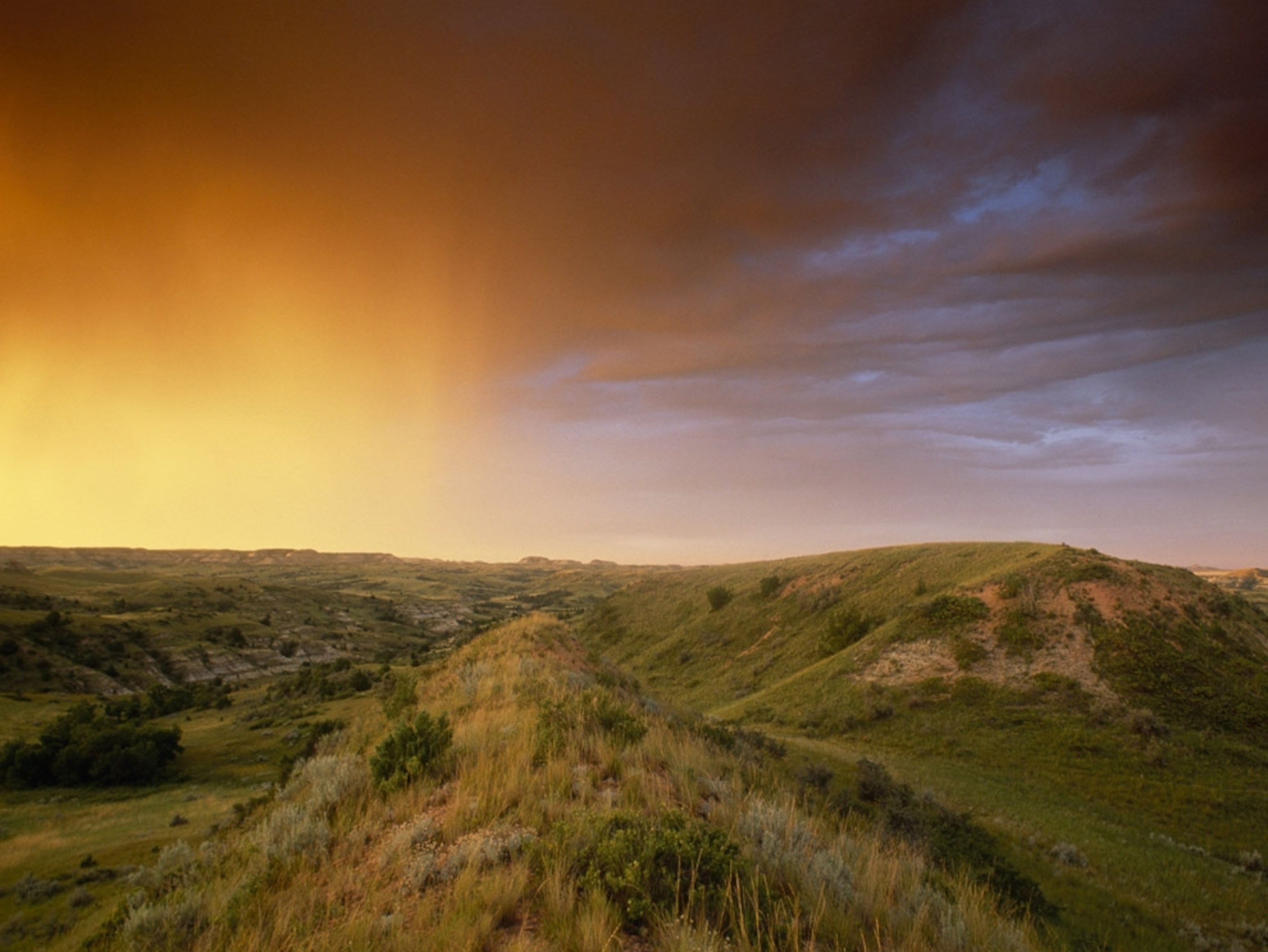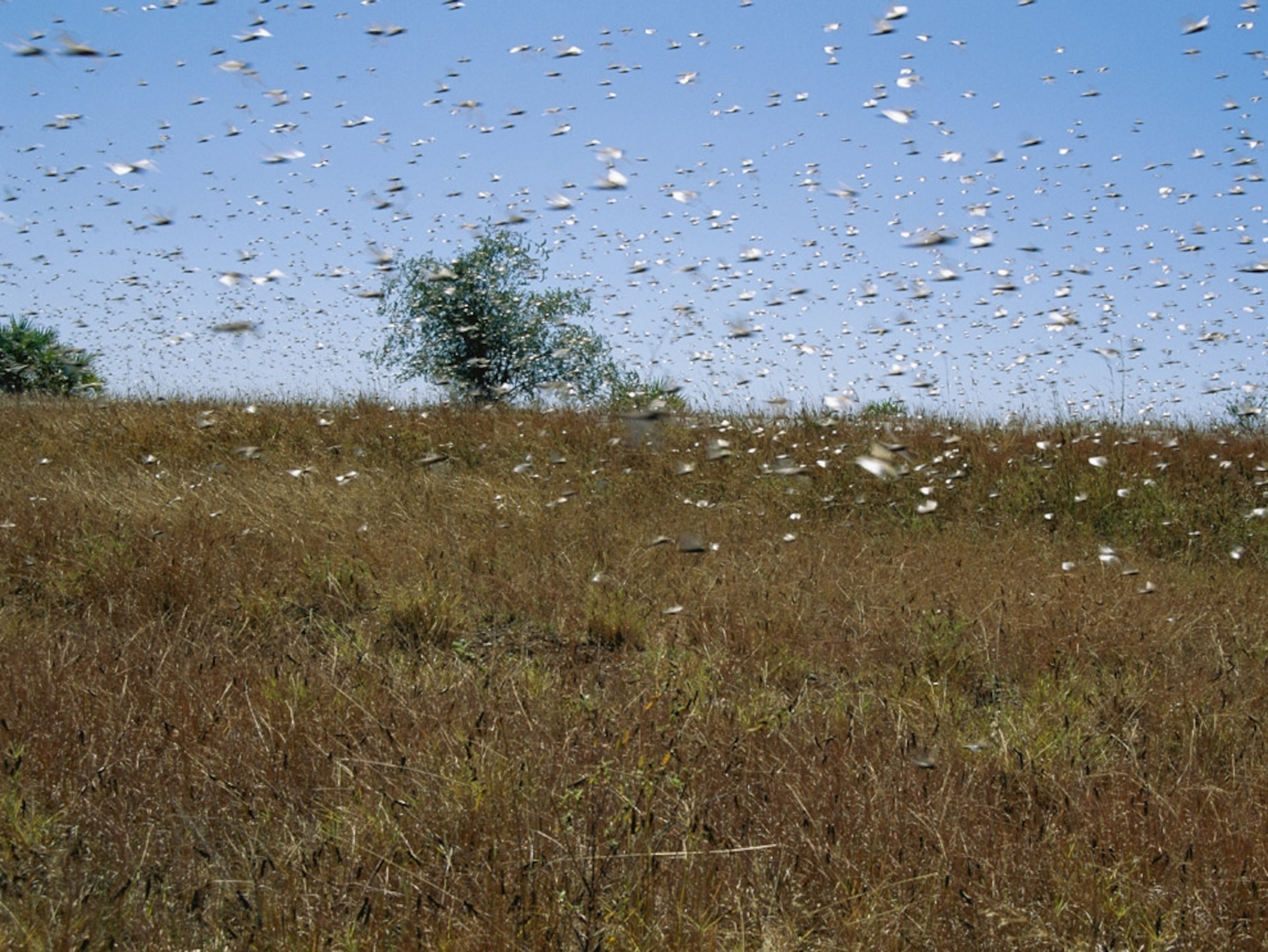
Grassland threats, explained
Much of Earth's grassland has been lost to agricultural development, threatening wildlife. But solutions are emerging.
Characterized by their flat, open pastures and abundance of nutrient-rich soil, more than a quarter of the world’s land—and about 70 percent of its agricultural land—is covered by grasslands.
This biome is home to a range of flora and fauna, which add to its resilience against natural disasters such as droughts or wildfires. In fact, native grassland plants have adapted to extreme weather conditions to such an extent that savannas, a subset of grasslands found in Africa, Australia, South America, and India, require seasonal droughts and wildfires to maintain biodiversity. (Read more about grasslands here.)
But this resiliency does not equate to immunity.
Grasslands are threatened by habitat loss, which can be caused by human actions, such as unsustainable agricultural practices, overgrazing, and crop clearing. Almost half of all temperate grasslands and 16 percent of tropical grasslands have been converted to agricultural or industrial uses and only one percent of the original tallgrass prairie exists today.
Specific threats to grasslands:
- Poor agricultural practices can ruin soil and strip grasslands of life. If crops are not rotated properly, the soil can become infertile and nothing can be grown for several years.
- Monocropping, or growing only one crop at a time (like corn) is an agricultural practice that depletes the soil’s nutrients. Further, because grasslands thrive off of biodiversity of plants and animals, monocropping that provides only a single type of plant tends to weaken the biome and increases vulnerability to natural disasters.
- Toxic pesticides used in agricultural croplands can be deadly for wild flora and fauna.
- Grazing livestock can consume, trample, and destroy grasses. Selective grazing can reduce the competitive nature of the entire ecosystem by weeding out some plants and allowing others to over-populate. Additionally, conventional agricultural croplands often provide few food sources and nesting areas for birds.
- Continued global warming could turn current marginal grasslands into deserts as rainfall patterns change.
- Development of urban areas is increasingly cutting into grassland habitat.
- Invasive species can displace native plants and reduce the quality of a grassland. Invasive plants may not be equipped to handle extreme weather, like droughts and wildfires, thus resulting in further habitat loss.
Solutions to grassland problems:
- Continue education efforts, particularly among farmers, on how to protect the soil and prevent soil erosion.
- Protect and restore wetlands, which are an important part of grassland ecology.
- Rotate agricultural crops to prevent the sapping of nutrients.
- Plant trees as windbreaks to reduce erosion on farmfields (though make sure it is the right species for the area).
- Conduct controlled dry season burning to stimulate fresh plant growth and to restore calcium to the soil that builds up in the dry grasses. Some species of native plants need occasional fire to thrive, while blazes can also help remove invasive species.
You May Also Like
Go Further
Animals
- Octopuses have a lot of secrets. Can you guess 8 of them?
- Animals
- Feature
Octopuses have a lot of secrets. Can you guess 8 of them? - This biologist and her rescue dog help protect bears in the AndesThis biologist and her rescue dog help protect bears in the Andes
- An octopus invited this writer into her tank—and her secret worldAn octopus invited this writer into her tank—and her secret world
- Peace-loving bonobos are more aggressive than we thoughtPeace-loving bonobos are more aggressive than we thought
Environment
- This ancient society tried to stop El Niño—with child sacrificeThis ancient society tried to stop El Niño—with child sacrifice
- U.S. plans to clean its drinking water. What does that mean?U.S. plans to clean its drinking water. What does that mean?
- Food systems: supporting the triangle of food security, Video Story
- Paid Content
Food systems: supporting the triangle of food security - Will we ever solve the mystery of the Mima mounds?Will we ever solve the mystery of the Mima mounds?
- Are synthetic diamonds really better for the planet?Are synthetic diamonds really better for the planet?
- This year's cherry blossom peak bloom was a warning signThis year's cherry blossom peak bloom was a warning sign
History & Culture
- Strange clues in a Maya temple reveal a fiery political dramaStrange clues in a Maya temple reveal a fiery political drama
- How technology is revealing secrets in these ancient scrollsHow technology is revealing secrets in these ancient scrolls
- Pilgrimages aren’t just spiritual anymore. They’re a workout.Pilgrimages aren’t just spiritual anymore. They’re a workout.
- This ancient society tried to stop El Niño—with child sacrificeThis ancient society tried to stop El Niño—with child sacrifice
- This ancient cure was just revived in a lab. Does it work?This ancient cure was just revived in a lab. Does it work?
- See how ancient Indigenous artists left their markSee how ancient Indigenous artists left their mark
Science
- Jupiter’s volcanic moon Io has been erupting for billions of yearsJupiter’s volcanic moon Io has been erupting for billions of years
- This 80-foot-long sea monster was the killer whale of its timeThis 80-foot-long sea monster was the killer whale of its time
- Every 80 years, this star appears in the sky—and it’s almost timeEvery 80 years, this star appears in the sky—and it’s almost time
- How do you create your own ‘Blue Zone’? Here are 6 tipsHow do you create your own ‘Blue Zone’? Here are 6 tips
- Why outdoor adventure is important for women as they ageWhy outdoor adventure is important for women as they age
Travel
- This royal city lies in the shadow of Kuala LumpurThis royal city lies in the shadow of Kuala Lumpur
- This author tells the story of crypto-trading Mongolian nomadsThis author tells the story of crypto-trading Mongolian nomads
- Slow-roasted meats and fluffy dumplings in the Czech capitalSlow-roasted meats and fluffy dumplings in the Czech capital
